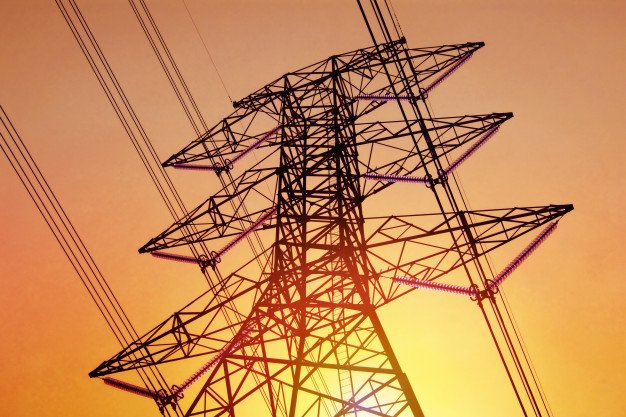
When you compare energy deals, you’ll see prices but also tariffs, which may seem confusing if you’re not familiar with the market. Making a sustainable home is not as difficult as you might think. By comparing electricity providers and rates if you find a better rate, you can start saving money as soon as possible. It is good to know your options to find energy plan that is best for you and your family. Below, we run down the types of energy tariffs you may encounter and why you might want to consider or avoid, each one.
Dual fuel tariffs:
With a dual fuel tariff, you’ll be supplied gas and electricity from the same supplier, on the same bill. Energy suppliers will often give customers a discount for using them for both types of energies, and having one supplier and bill can reduce hassle for customers. However, you might be able to find separate gas and electricity tariffs with different suppliers that total up to less than a dual fuel tariff.
Green energy tariff:
These tariffs, often provided by green energy suppliers but occasionally as special tariffs from conventional suppliers, provide electricity generated entirely from renewable sources, including wind and solar power. Increasingly, renewable energy companies are offering gas with around 10% ‘green gas,’ or biomethane.
Fixed price energy tariff:
These tariffs also called fixed rate tariffs, have locked in unit rates and standing charges, for a set duration, often 12 months. As the price you pay is fixed, you can be protected against price rises, but you also won’t benefit from any price cuts. It’s important to remember that the amount you actually pay each month can fluctuate depending on your energy consumption, as what’s fixed is not your total bill but rather your per unit rate and standing charge. Fixed price energy tariffs are generally the cheapest on the market and you can save the most by switching to one of them. With some, you will have to pay an exit fee to switch away from them before the term is up, although increasingly fixed price energy tariffs are coming without these fees. Make sure you remember that expiry date, however, because if you stick with the same supplier past it, without negotiating a new tariff, you’ll be reverted to their pricy standard variable tariff. For more about those tariffs, read on.
Standard variable tariffs (SVTs):
These are the supplier’s default tariff, the one you’ll be on if your fixed price tariff has expired and you haven’t arranged a new one. The price you pay per unit of energy will fluctuate—that’s the variable of the name—depending on the supplier’s costs, including wholesale energy costs. These tariffs are often the most expensive on the market. A new price cap instituted by Ofgem will limit the amount energy companies can charge those on SVTs, but you can still save money by switching from them.
Tracker tariffs:
Tracker energy tariffs are types of variable energy tariffs in which your per unit rate for gas and electricity fluctuates based on a price index, for example, wholesale energy costs. These price indexes can move as often as daily so it can be difficult to determine how much a tracker tariff will cost you and if it will represent savings over another type of tariff.
Prepayment tariffs:
If you have a prepayment meter, where you pay for your energy upfront with a key or card, you’ll have a prepayment tariff. You may have a prepayment meter because a poor credit score or a history of debt to your energy supplier means you’re unable to obtain a credit meter (where you’re billed for energy after you use it) or because you inherited one from the previous occupant of a property. Prepayment tariffs are capped by Ofgem, so you can’t be charged more than a certain rate per unit of energy, but they remain one of the most expensive ways to pay for energy. If customers are able to switch to a credit meter and a different type of tariff, they can earn significant savings.
Economy 7 and Economy 10 tariffs:
With these time of use tariffs, associated with the time of use meters, you’re charged a different per unit rate for your electricity use, depending on the time of day. You may have one of these tariffs if you have electric storage heaters, which consume cheaper electricity at night and release it as thermal energy during the day. Economy 7 tariffs give you a discounted rate for electricity during seven nighttime hours, while Economy 10 tariffs, which are no longer available from many suppliers, give you 10 discounted nighttime hours.
Read Also:




























